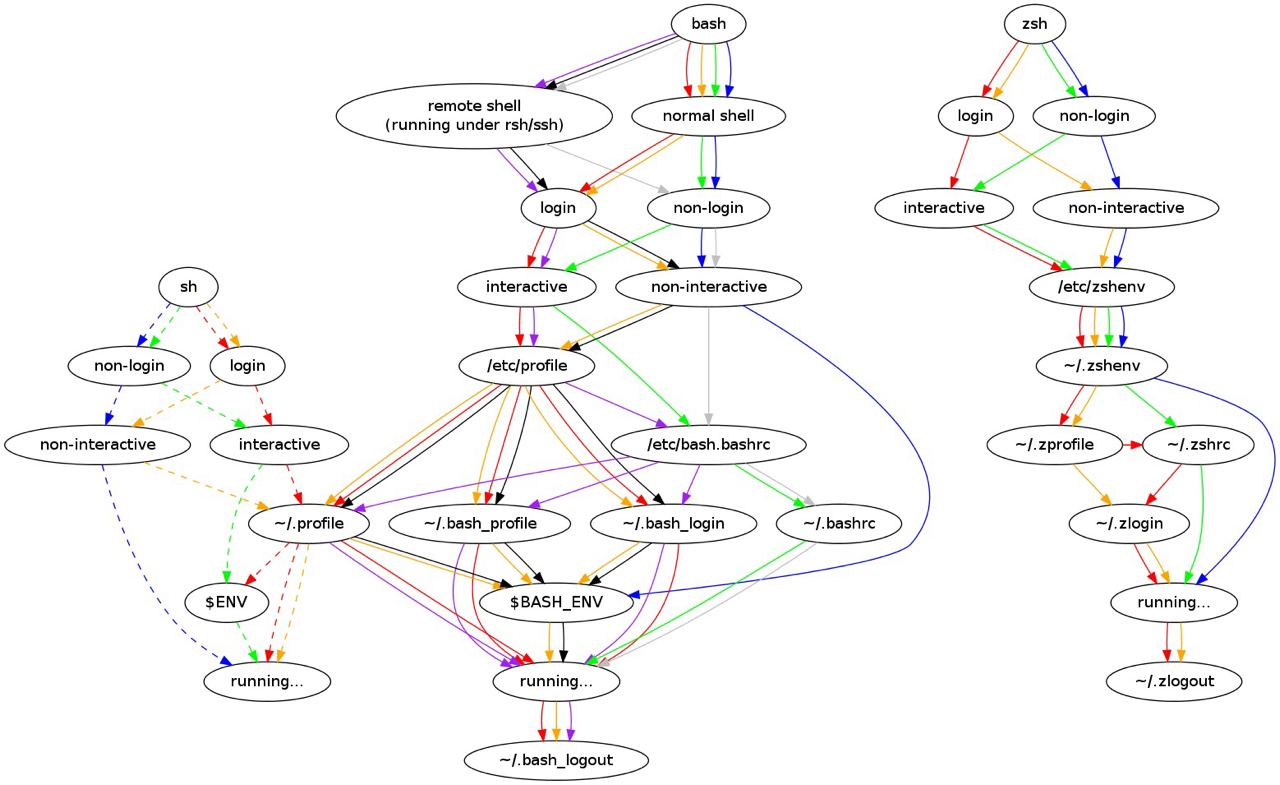It’s funny you say that, I have one of those but he actively demands that I turn the water on so he can drink from it hah!

He definitely has enough water bowls around including directly next to that sink, he has done that since he was a kitten. No idea why, I just work here :D









So just in case this is helpful I have an x13 but when I was installing any version (tried a few) I had to use a single-band network (5ghz only in this case, had it for other reasons already) because the installer would just never report it was connected to the network even though it was, I had assumed it was that my multi-band network also included 6ghz. Either way though, this seemed to be only an issue for the installer and when it booted up after install I could use the multi-band network just fine. It currently has 24.04 on it and it is fine.